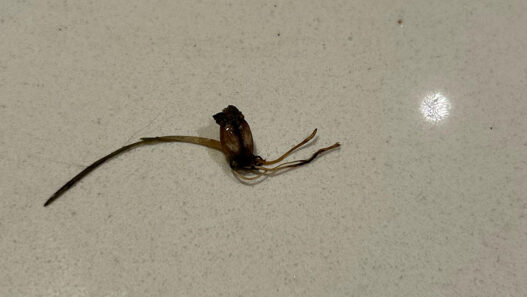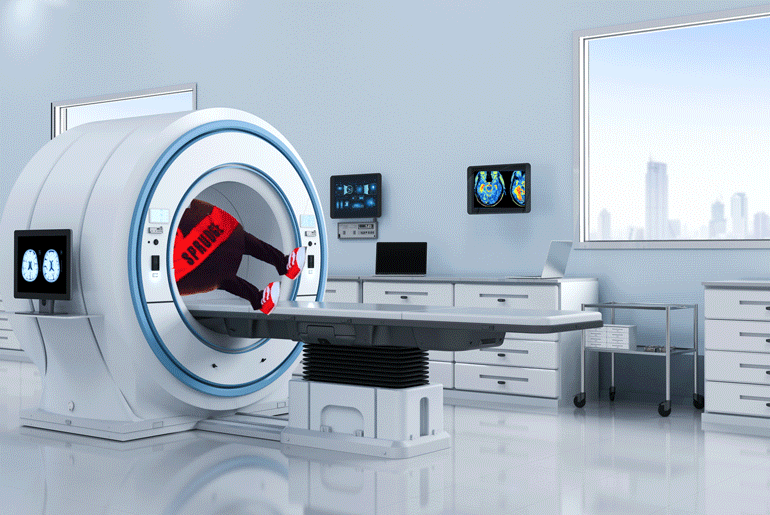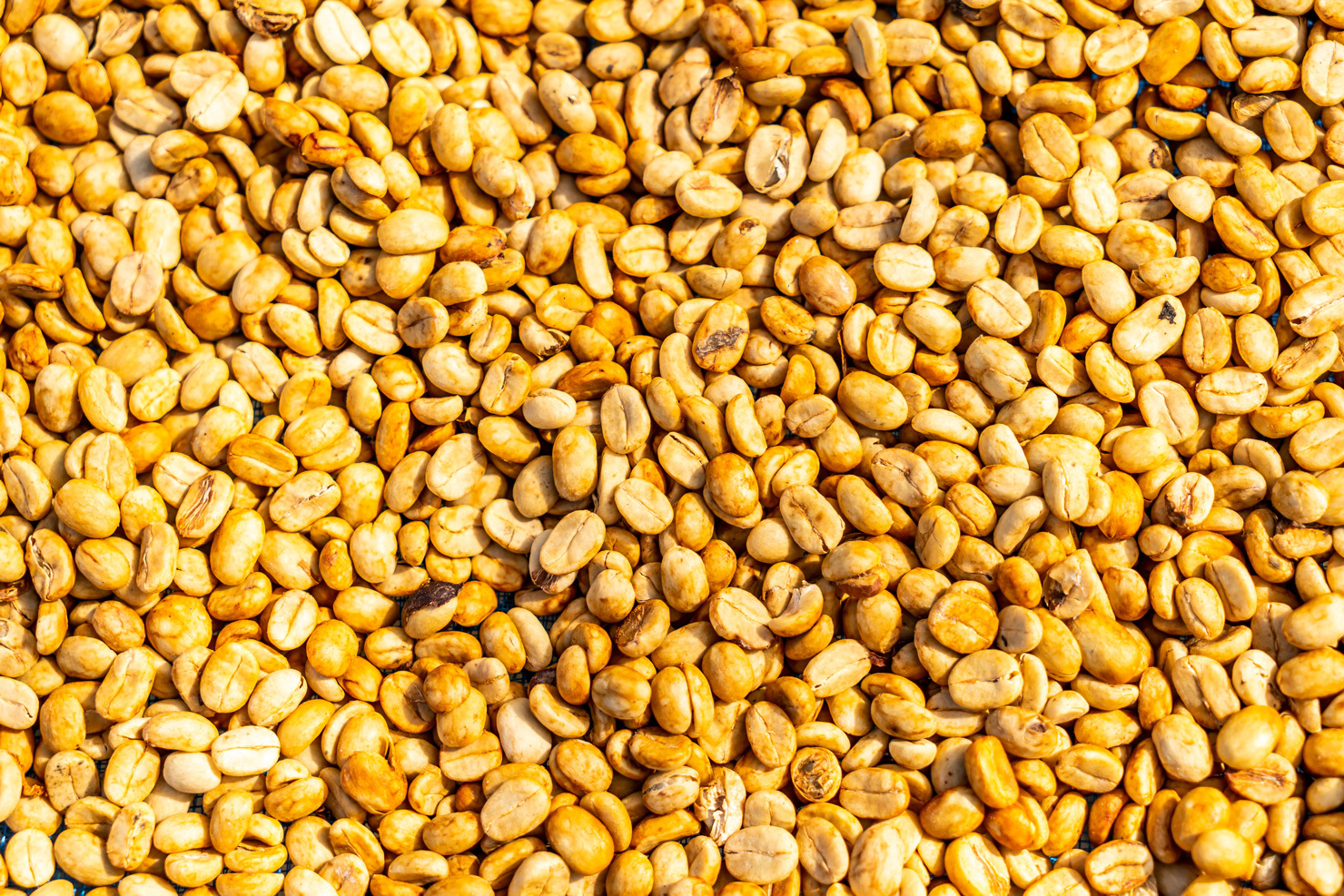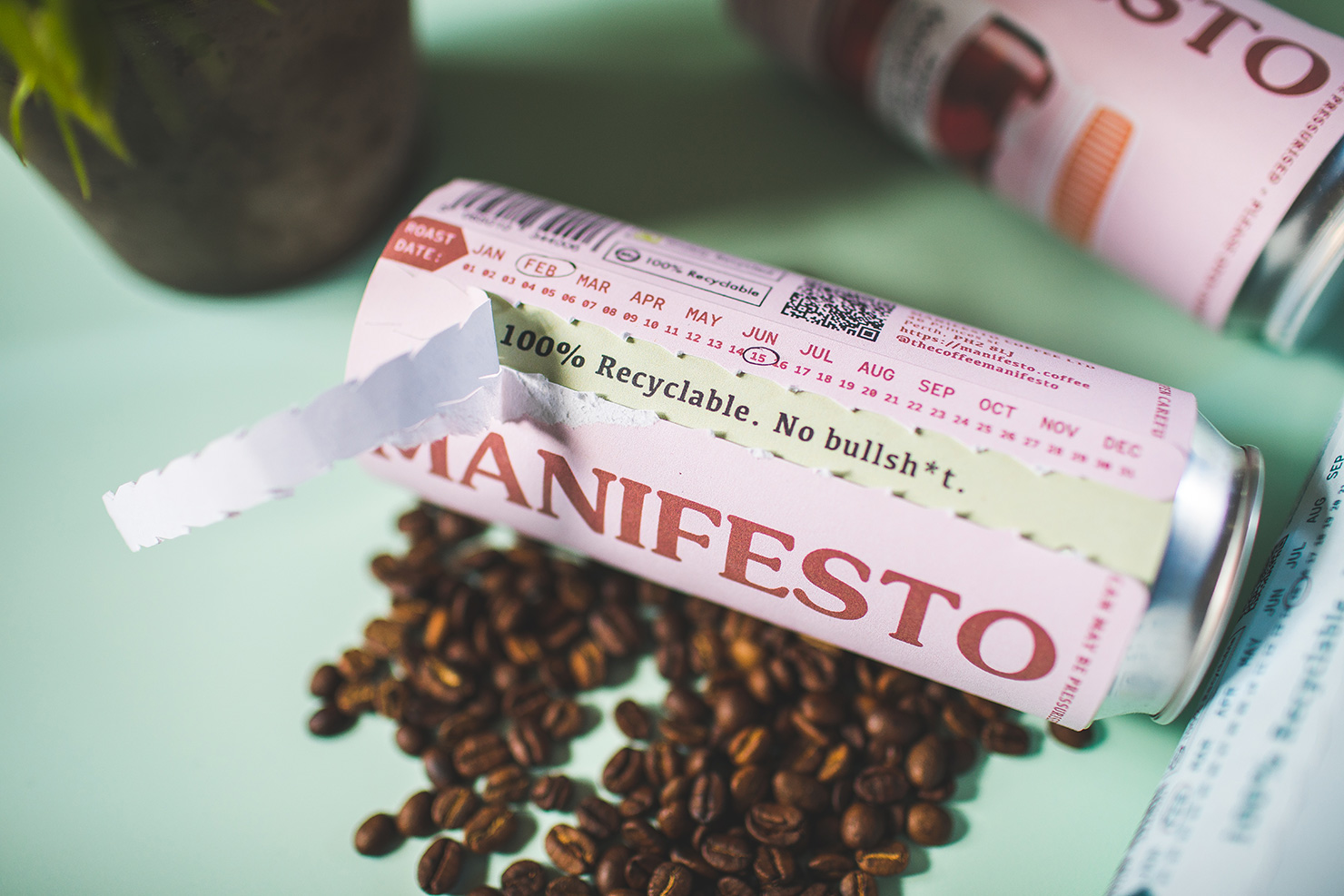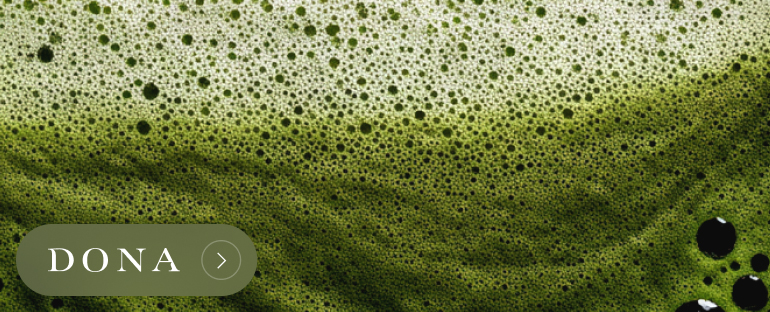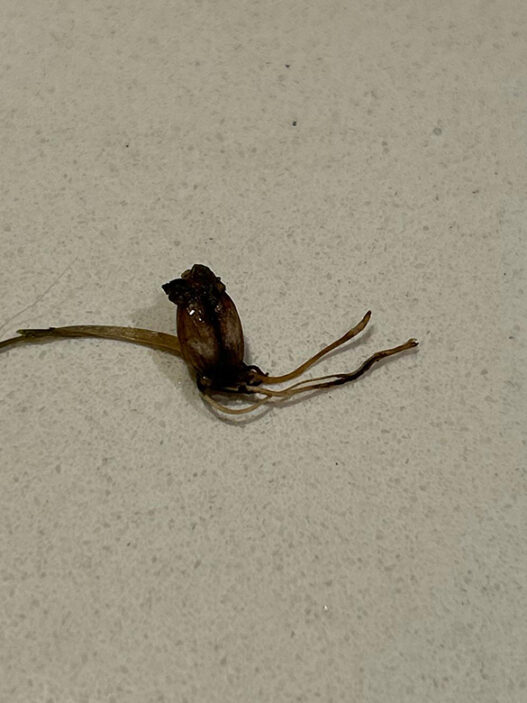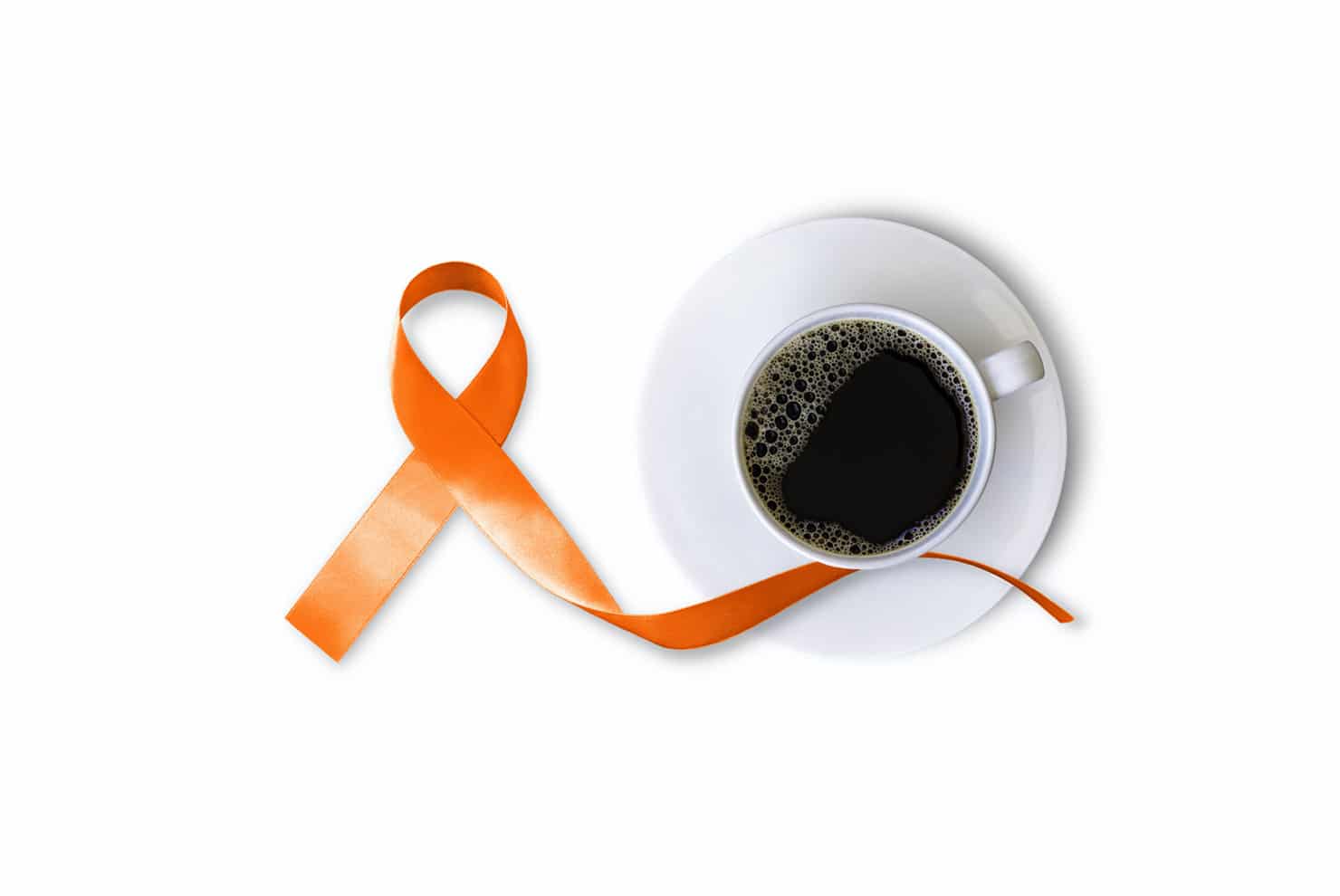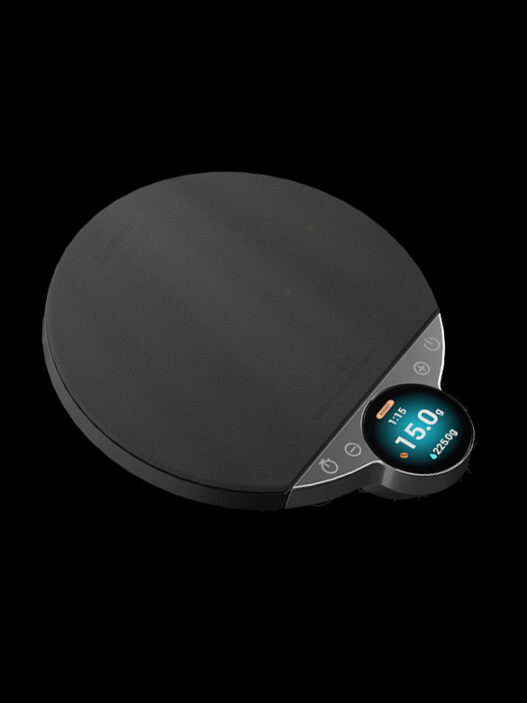Coffee makes you smarterish—this much we already know—and pretty soon we may be able to prove it using coffee. Researchers are exploring ways to use spent coffee grounds to “eventually help scientists get a better handle on brain activity and detect minute levels of neurotransmitters.”
This isn’t the first time we’ve seen the scientific community utilize the brown stuff on your grey matter. A few years back, engineers at Vanderbilt created a “coffee cap,” a swimmer’s cap of sorts filled with used coffee grounds that aids surgeons in mapping out precision cuts during neurological procedures. And now, per Phys.org, researchers believe spent coffee grounds can actually help track “sensitive neurochemistry measurements.”
Led by principle investigator Ashely Ross, Ph.D. of the University of Cincinnati, the group’s finding will be presented at the spring meeting of the American Chemical Society. Dr. Ross was inspired to give this new use of old coffee a try after reading studies on it being used for carbon porous supercapacitors. “I saw papers about using spent grounds to produce porous carbon for energy storage, and I thought maybe we could use this conductive material in our neurochemistry detection work,” Ross states.
For their work, the researchers coated electrodes with carbon from spent coffee grounds, but first they had to harvest it. After drying, the coffee grounds would get heated at an incredibly high temperature, 1,300°F, before adding it to a potassium hydroxide solution that activates the carbon and creates the porous structure needed. The mixture would get heated once more “under nitrogen gas to remove any undesired byproducts” before diluting the resultant inky sludge with water. Once created, electrodes are then dipped in the porous carbon substance, creating a coating nearly “a hundred times thinner than the diameter of a human hair.”
Per Dr. Ross, this is the “first example of residual coffee grounds being repurposed for biosensing applications.”
With the coffee-dipped neuro-trackers made, the team set out to test them. In comparing coffee-coated electrodes versus uncoated, they found the former “reached oxidative current levels over three times higher than bare carbon fibers in the presence of dopamine, indicating that the coated electrode offered a more sensitive surface for dopamine detection.”
And this is not just an exercise in novelty, there is a potential for significant real-world impact. Traditional electrodes are made of carbon fiber, which are difficult and expensive to produce, often requiring the use of harsh chemicals. Used coffee grounds, on the other hand, are cheap and ubiquitous and provide an environmentally-friendly alternative.
The next step for Ross and her team is to create the entire electrode out of used coffee grounds; their first experiment used carbon fiber electrodes dipped in porous carbon harvested from coffee. But the findings for from the first test provides promise for the second.
Honestly, the results, while awe-inspiring, shouldn’t be all that surprising. Dr. Ross is a self-professed coffee lover, and who hasn’t gone through a whole rigamarole just to get a little extra coffee. Or as Dr. Ross puts it, “I thought this would be a good excuse to buy lots of coffee for the lab!” So smart, probably because of all the coffee.
Zac Cadwalader is the managing editor at Sprudge Media Network and a staff writer based in Dallas. Read more Zac Cadwalader on Sprudge.







